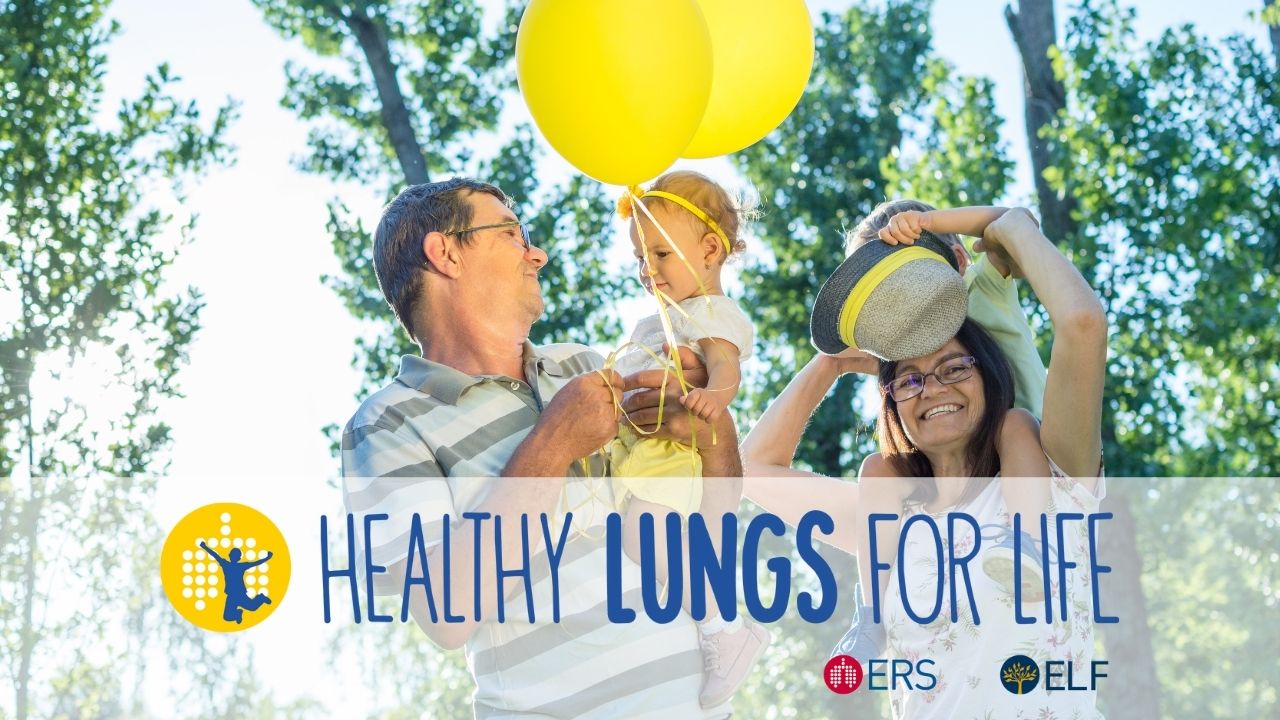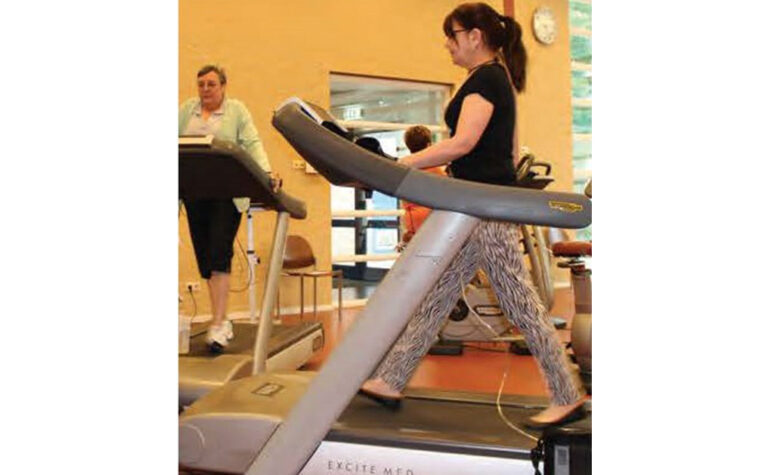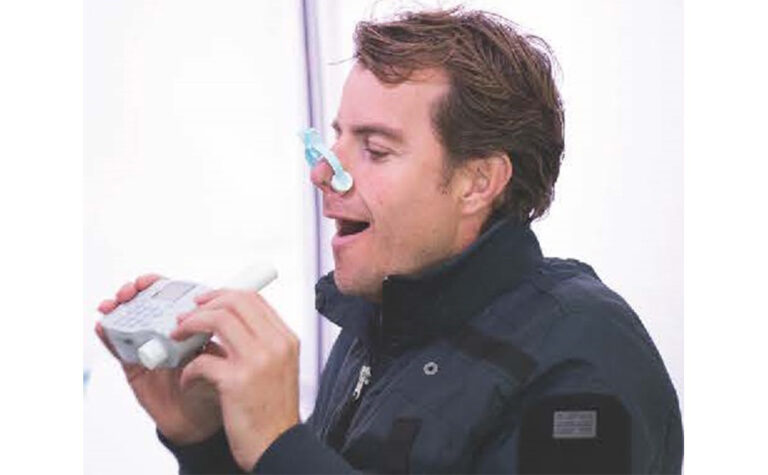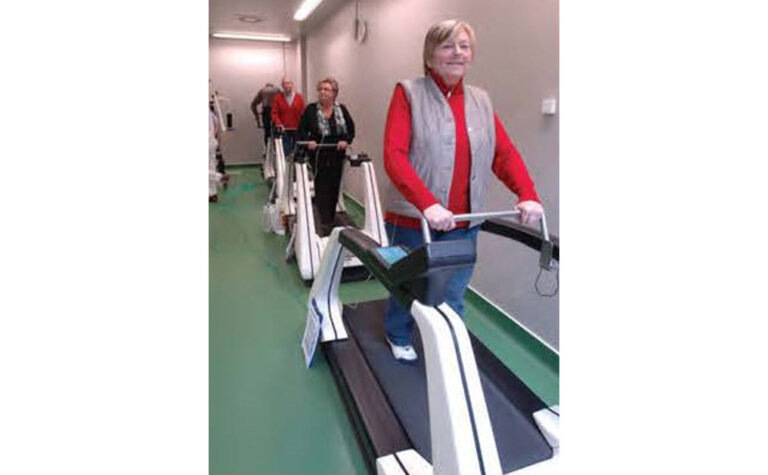COPD
Chronic obstructive pulmonary disease (COPD) is a long-term condition involving inflammation in the lungs, narrowing of the airways (bronchitis) and damaged lung tissue (emphysema), making breathing difficult.
Symptoms
The symptoms of COPD are breathlessness and chronic cough, with or without phlegm. Fatigue, loss of appetite and weight loss can also occur over time. Sometimes there may be periods of worsening symptoms, known as exacerbations. These can be triggered by infections or exposure to air pollution. Symptoms of COPD get worse over time and exacerbations can speed this up.
People with COPD often suffer from other conditions, known as multi-morbidities, including heart disease, anxiety and depression, osteoporosis, gastro-oesophageal reflux, skeletal muscle dysfunction, anaemia, lung cancer, diabetes and metabolic syndrome. These conditions may share similar risk factors, such as smoking and ageing. These conditions can interact with each other, making treatment and daily life more complicated, since managing one illness can sometimes affect another.
Causes
COPD can be caused by several factors, acting alone or impact each other. These include:
Tobacco smoke
This is the main risk factor for COPD. About 40-50% of lifelong smokers will develop COPD, compared with 10% of people who have never smoked. Not all smokers will develop the condition, which suggests that genetics also play a part in making some people more susceptible than others.
Occupational exposure
Around 15-20% of COPD cases are associated with exposures to occupational dust, chemicals, vapours or other airborne pollutants in the workplace that can trigger COPD. Find out more about occupational risk factors.
Outdoor and indoor air pollution
People with COPD are at a high risk of their symptoms worsening with high levels of outdoor air pollution. Indoor air pollution from using biomass fuels for cooking and heating is also a risk factor for the development of COPD. Find out more about outdoor and indoor air pollution.
Socioeconomic status
Research has shown that the risk of developing COPD is associated with lower educational and income levels. Experts believe this is due to factors such as nutrition, overcrowding, smoking and air pollution.
Early life and environmental factors
Lung infections in early life and mothers who smoke are important risk factors for COPD.
Genetic factors
The make-up of a person’s genes can mean they are more susceptible to developing COPD. The most researched genetic problem linked with COPD is a condition called alpha-1 antitrypsin deficiency; an inherited condition where a person lacks a protein known as alpha-1 antitrypsin.
Prevention
Identifying the risk factors, and preventing exposure to these factors, is the most important step in preventing the disease. This includes:
- Encouraging people to avoid smoking and quit as early as possible
- Preventing exposure to passive smoke for unborn babies and infants
- Reducing exposure to indoor air pollution from biomass fuels in developing countries and industries
- Preventing COPD exacerbations
Treatment
COPD is diagnosed via a spirometry test. This test involves breathing into a device called a spirometer, which measures the amount of air in the lungs and how fast a person can breathe out. If the test shows that the amount of air a person breathes out is low, it may indicate a narrowing of the airways and the early stages of COPD.
There is no known cure for COPD but it can be effectively managed to ease the impact of the symptoms on quality of life. Management of the condition includes;
- Reducing exposure to risk factors, including smoking and air pollution
- Improving exercise ability to help relieve symptoms
- Medical treatment with bronchodilators and other inhaled medications to help prevent exacerbations
- Oxygen therapy to help ease breathlessness
- People with COPD can be referred onto exercise programmes known as pulmonary rehabilitation. These focus on improving a person’s ability to exercise and providing education to help a person manage their own condition.
- Vaccination, including flu, COVID, pneumococcus, shingles, pertussis and respiratory syncytial virus.
Palliative care
Palliative care aims to making a patient and their family and caregivers, feel comfortable and supported. It is different to care methods that aim to cure or treat a condition. Palliative care can help reduce the number of visits to hospital and helps people feel less burdened by their symptoms. It includes managing any physical pain, difficult emotions or other distress as well as giving social, psychological and spiritual support.
Find out more about palliative care for people living with COPD and ILD.
Further reading
This page was last updated in October 2025.
If you want to access data on COPD in Europe, visit the Lung Facts website
Launched by the International Respiratory Coalition and using data from the Global Burden of Disease study, Lung Facts provides the latest numbers on people living with lung disease by condition and by country.
Learn more









